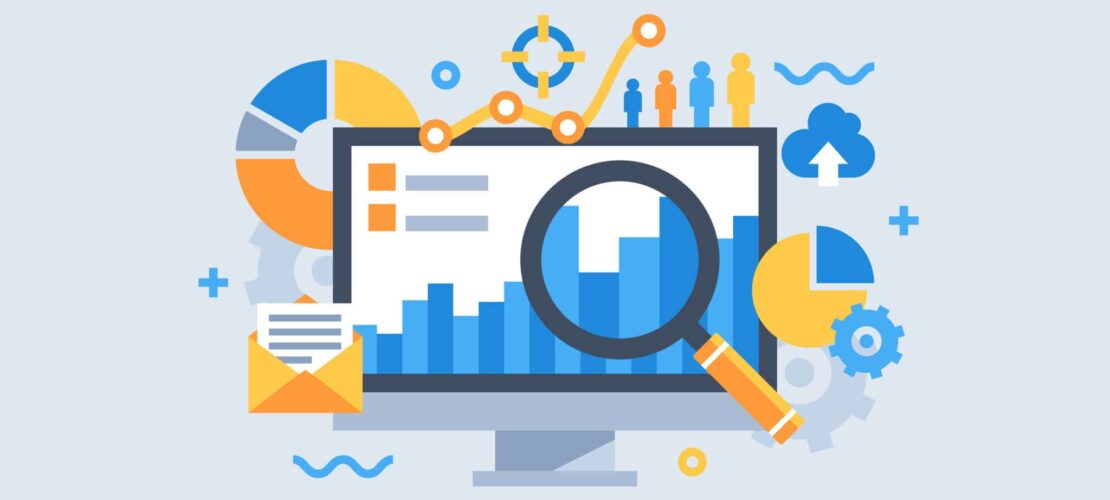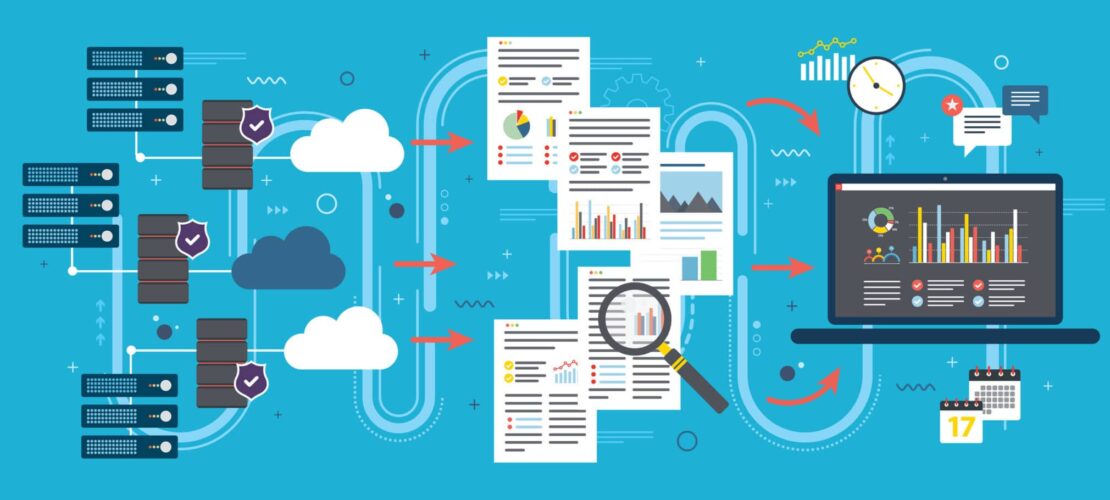
What’s your compass for making decisions in your business? Is it based on a data-driven decision-making process? Or maybe decisions are based on gut, intuition, and observation – with a splash of spreadsheets and reports. Today, business leaders can utilize the power of data to make smart, accurate, and timely decisions to positively steer the organization’s direction.
The bounty of business intelligence and the methods to interpret the information through data analytics can provide valuable insight to guide decision making across an organization. The right data can provide guidance to strategic planning, improve operational efficiency, mitigate risk, understand customers, evaluate competitors, manage budgets, expand markets, or add products or services.
Data is a powerful tool – for those who know how to harness it. Yet, many CEOs and executives don’t embrace data to drive decisions because of a lack of knowledge or understanding. Simply, many rely on their instincts and inspection to evaluate the path forward.
In this article, we’ll dive into data-driven decision-making and how to leverage data’s power for organizational growth.
What is Business Intelligence vs. Data Analytics?
First, let’s provide some clarity. What exactly is business intelligence and data analytics? Often, we see these referenced interchangeably, or in context to software. Regardless of how the terms are attributed, it’s important to highlight what it is before we can outline the benefits and how to use data to make strategic decisions.
Business Intelligence is the method to collect comprehensive metrics from business operations. BI provides information on what occurred in the past and how it happened. Creating performance benchmarks and identifying trends can assist leaders in making decisions. BI is much more than just software. It is a holistic endeavor to use data to assist in day-to-day operations.
Data Analytics is the process of assessing data to find insights and determine the why’s of what happened. Analysts draw conclusions of the information to find trends, solve problems, and make predictions of what will happen in the future.
Benefits of using business intelligence and data analytics

Adopting BI and data analytics tools and practices positions an organization to make timely, smart decisions backed by hard data. Yet, equally important is having the right data-focused personnel to interpret the data. The opportunities for efficiency and growth of a data-driven business are endless. Following are some examples:
- Ability to make higher quality decisions in less time
- Improve operational efficiencies and productivity
- Determine whether to, and how to, enter new markets
- How and when to restructure departments
- When to hire additional employees
- Identify opportunities to increase profits and reduce costs
- Spot market and industry trends
According to a Deloitte’s 2019 survey on Becoming an Insight-Driven Organization, organizations are currently leveraging BI and data analytics for:
- Identifying business process improvements
- Understanding and improving customer experience
- Guiding company strategy
- Deriving performance measurement / ROI metrics
- Informing marketing and communications strategies
- Creating or modifying products or services
- Monitoring the competitive landscape
For a specific example in a retail environment, data can help improve process times. Leaders can evaluate how long it takes each step in the retail process, and how to improve the overall process to save time and money. Such questions that can be answered:
- How long does it take to unload a truck with new merchandise?
- How long does it take to unload pallets?
- How long does it take to stock the warehouse, storeroom, and shelves?
Staffing models are important to process improvement to ensure the right number of people are in the right place, at the right time. In a simplified example, managers want to maximize staff to meet customer demand. Data can help forecast scheduling of cashiers and stockers. The worst scenario in a large retail setting is having an imbalance of staff to customer need. As much as managers want to avoid long customer lines due to staff shortage, they also want to limit unnecessary overstaffing.
Hesitancy by Business Executives to Embrace Data-Driven Decision-Making
A recent executive survey found that most – 63% – of executives do not believe their companies are analytics-driven. Additionally, 67% say they are not comfortable accessing or using data from their tools and recourses.
Digitally native organizations like Amazon, Google, and Facebook rely on data to guide their organizations. However, many traditional companies, and their leaders, are straining to utilize the power of data. The CEOs and executives of data-driven companies not only embrace business intelligence and data analytics, they really understand data and how to harness its power. In addition to a high-level understanding, they are able to get into the data weeds as well.
As an analogy, consider how electricity works. We all know how to flip a light switch to turn on a light. Yet, fewer of us understand the dynamics behind how the light turned on. This difference in understanding the power of data differentiates organizations that can truly utilize data to make timely and informed decisions, and those who can’t.
The reluctance of many leaders to adopt a data-driven decision-making approach is due to their years of making decisions based on their “gut” and what they could see. And many leaders and companies have been successful with this approach. However, as the economy and business competitiveness escalate, along with customer demands, the speed to make quick, smart decisions is ever more critical. Now, business is about precision and efficiency.
Creating a Data-Driven Culture
For organizations to thrive, leaders should adopt a data-driven culture. Here’s a 4-step approach.
Data expert + the right system
Put someone with a strong data analytics background to select the right system for the organization. Don’t leave it up to the IT department or someone who “kinda knows” about data systems. Remember that prior to selecting a data system, start with a Needs Assessment. The system must have the capability for analysts to produce the right reports for leaders to make decisions. Beyond the selection of the right data system, it’s important to successfully implement the new technology.
Identify the end result
What information do leaders need to improve efficiency, cut waste, and make smart decisions? Identify the end result with a SMART goal: specific, measurable, attainable, relevant, and time-based. Saying you want to measure sales and inventory isn’t SMART based. It is too vague. Rather, if you indicated that you wanted to be able to track a pair of pants from design to manufacturing to inventory to sales for spring season – that’s a SMART goal! And now the data analytics team knows what information to gather.
Understand limits of your business intelligence
Leaders with oversight to the data team should spend time with the team to understand issues and limitations they face in gathering data for the results needed. If the organization is not utilizing one centralized system, and data is collected in Excel sheets, data will be old and difficult to access. Make sure the information needed for decision making is able to be easily and quickly gathered and analyzed.
Get a good data team
Often, leaders hire or promote someone to lead the data team without evidence that they understand both data strategy and tactics. A good data manager should be able to get in the weeds and discern the reliability and validity of the data. In addition, they should be able to communicate results, methodology for gathering the data, and any limitations in a clear and comprehensive way. Anyone who is not knowledgeable of business intelligence and data analytics should be able to understand the information. Your organization’s ability to make smart, timely, data-driven decisions hinges on having the right people in place to collect and interpret the data.
CONCLUSION
Like all technology, business intelligence and data analytics will continue to evolve. Artificial intelligence and machine learning will expound and innovate. As organizations become more data-driven, the need to collaborate and share information will increase. And data visualization will be essential to work across teams, departments, and remote locations.
The power of data-driven decision-making is evident. Yes, some executives may still be hesitant to adopt business intelligence and data analytics. Yet for those leaders who want to move the company forward, quickly pivot when needed, data will serve as a reliable and efficient compass.
If your organization is looking to expand your business intelligence and data analytics efforts, our BI consultants can assist. Contact us today at 813-943-5727.
